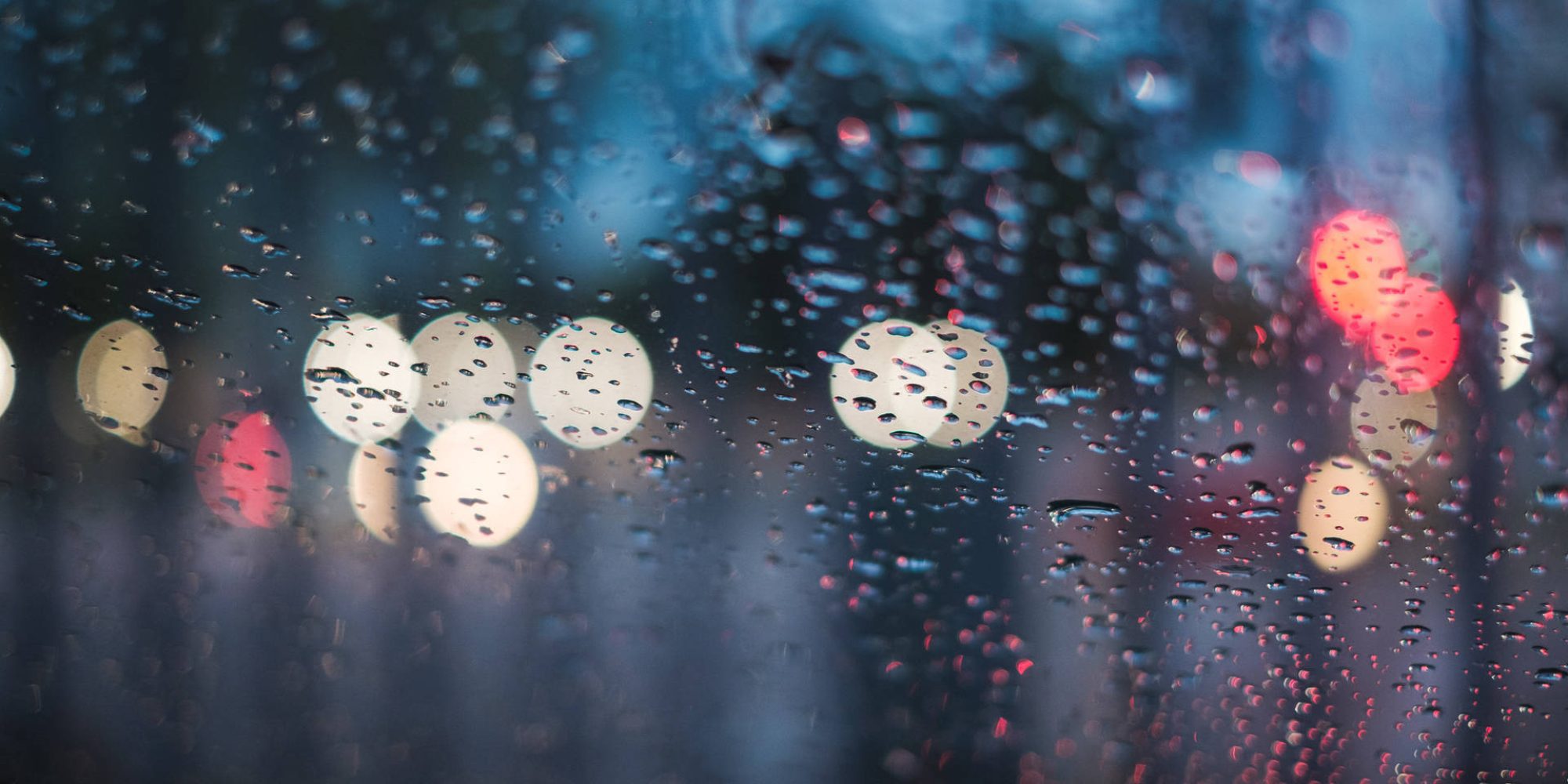Have you ever gazed at a photograph where the subject stands out with stunning clarity against a softly blurred background and wondered how such a visual effect is achieved? This enchanting effect is known as bokeh, a term derived from a Japanese word meaning ‘blur’ or ‘haze’. Bokeh transforms the mundane into the magnificent, turning background lights and colors into a dreamy canvas that accentuates the main subject. Its allure lies not just in the aesthetic enhancement it provides but also in the way it can guide a viewer’s focus, crafting a story within a single frame.
Understanding Bokeh
To master bokeh, one must first understand its foundation. Bokeh occurs when parts of the image are out-of-focus, a technique achieved through the manipulation of depth of field. The quality of bokeh is influenced by the type of lens used, the aperture setting, and the distance between the camera, the subject, and the background. With the right settings, photographers can create a variety of bokeh effects, from soft, large circles to hexagonal shapes, depending on the shape of the lens diaphragm.
It’s important to note that bokeh is not just about blurring; it’s about creating a pleasing aesthetic that complements the subject. The best bokeh elevates the photograph, adding mood and depth without overshadowing the main focus. This delicate balance is what makes bokeh a beloved technique among portrait photographers, especially those capturing moments in nature or urban settings where light plays a pivotal role.
Choosing the Right Equipment
To achieve the best bokeh, the choice of lens is paramount. Lenses with wider apertures (lower f-numbers) allow more light to enter, which greatly enhances the bokeh effect by narrowing the depth of field. Prime lenses, such as the 50mm f/1.8 or the 85mm f/1.4, are popular choices among photographers for their ability to produce a very shallow depth of field and beautiful bokeh. These lenses are not only excellent for portrait photography but also for any scene where the subject needs to stand out against a compelling, blurred background.
Another key factor is the lens’s diaphragm blades. Lenses with more circular shaped blades create rounder, softer bokeh, while those with fewer, more angular blades produce a more hexagonal background blur. Experimenting with different lenses can provide a variety of bokeh effects, offering a broad palette for artistic expression.
Setting Up Your Shot
Once the appropriate lens is mounted, setting up your shot is the next crucial step. The distance between the camera, the subject, and the background affects the bokeh effect significantly. To enhance the bokeh, position your subject at a moderate distance from the background. This separation allows the background elements to fall out of focus more smoothly and prominently.
Adjusting the aperture setting is also vital. A wider aperture (lower f-number) increases the blur effect. However, it’s important to balance the desired bokeh quality with the need for sufficient focus on the subject. Aim to find a sweet spot where the subject is crisply focused while the background remains aesthetically blurred. This might require some trial and error with different aperture settings to see what works best for the lighting conditions and the desired effect.
Mastering Light and Composition
Light plays a pivotal role in creating effective bokeh. Soft, diffused light works best to enhance the bokeh effect, as it allows for a smoother transition between the focused and unfocused areas of the photograph. Photographers often use the golden hours of early morning or late afternoon when the sunlight is softer. Alternatively, artificial light sources such as fairy lights, street lamps, or candles can also create appealing bokeh, especially in low-light conditions.
When composing your shot, consider the elements in the background that will contribute to the bokeh. Elements with inherent light or reflective properties, such as light reflections on water, city lights, or leaves shimmering under sunlight, can produce more pronounced and aesthetically pleasing bokeh. It’s not just about blurring the background but shaping how the blur interacts with the rest of the image to convey a mood or emotion.
Post-Processing Tips
While much of the bokeh effect is achieved in-camera, post-processing can refine and enhance the results. Using photo editing software, adjustments to brightness, contrast, and sharpness can help the subject stand out even more against the blurred background. Softening the edges of the blur slightly can also integrate the bokeh more naturally into the overall composition of the shot.
However, it’s crucial to maintain a natural look. Over-processing can detract from the subtle beauty of bokeh by making the image appear unnatural or overly manipulated. Subtle enhancements that respect the original photo’s integrity tend to be more effective and appealing.
Conclusion
Mastering bokeh is about more than just technical skills; it’s about developing an eye for what makes a photograph evoke feelings and tell a story. With practice, the right equipment, and a mindful approach to light and composition, any photographer can transform simple shots into captivating pieces of art. Why not grab your camera and start experimenting with bokeh today? What stories will you tell through your lens?


0 Comment